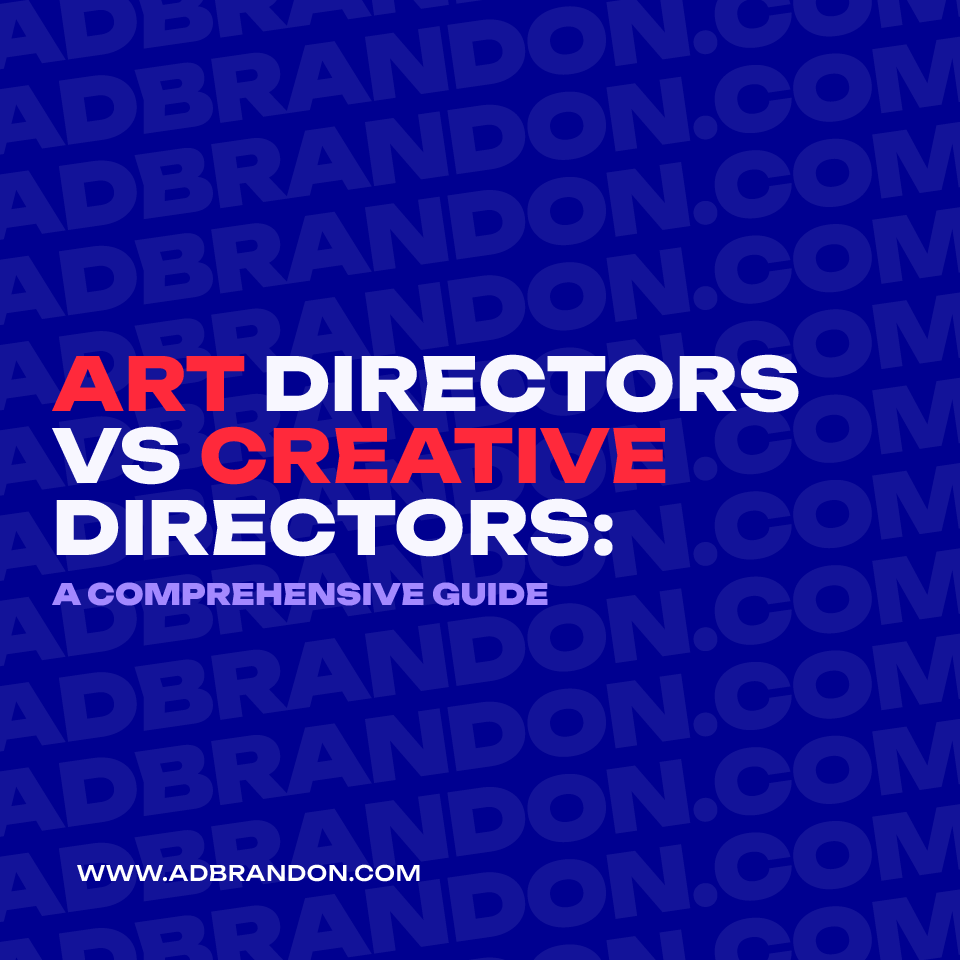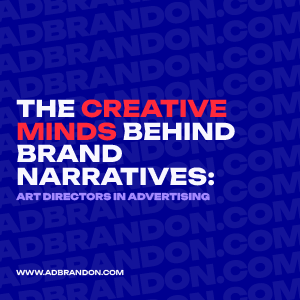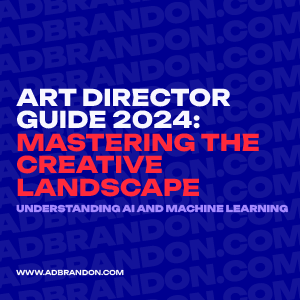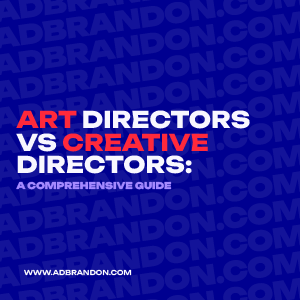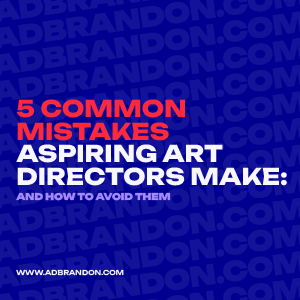 https://adbrandon.com/wp-content/uploads/2023/11/brandon-nogueira-art-director-5-mistakes-aspiring-art-directors-make-1.webp
300
300
mampi99
https://adbrandon.com/wp-content/uploads/2024/01/adbrandon-logo-header-white.webp
mampi992023-11-07 15:20:512023-11-07 15:22:255 Common Mistakes Aspiring Art Directors Make and How to Avoid Them
https://adbrandon.com/wp-content/uploads/2023/11/brandon-nogueira-art-director-5-mistakes-aspiring-art-directors-make-1.webp
300
300
mampi99
https://adbrandon.com/wp-content/uploads/2024/01/adbrandon-logo-header-white.webp
mampi992023-11-07 15:20:512023-11-07 15:22:255 Common Mistakes Aspiring Art Directors Make and How to Avoid ThemArt Directors vs Creative Directors:
A Comprehensive Guide
In the dynamic world of design and advertising, the roles of Art Directors and Creative Directors often intertwine. However, understanding their distinct responsibilities and contributions is crucial for any successful project.
The Role of the Creative Director
A Creative Director is the visionary leader, steering the ship of a project or campaign. Their primary responsibilities encompass:
- Strategic Leadership: They act as the overall strategic lead, turning general marketing objectives into actionable strategies.
- Team Management: Directing and supervising the creative team, ensuring that all deliverables align with the project’s voice and style.
- Client Interaction: Meeting with clients to discuss visions, presenting progress, and pitching innovative concepts.
- Budget and Time Management: Ensuring projects stick to budgets and meet deadlines.
The Role of the Art Director
While the Creative Director sets the vision, the Art Director brings it to life visually. Their tasks often include:
- Visual Representation: Deciding on the ideal visual elements, from color palettes to typography.
- Design Supervision: Overseeing the design staff and ensuring the aesthetic quality of the final product.
- Collaboration: Working closely with the Creative Director to ensure the visual elements align with the overall vision.
- Final Presentation: Showcasing the finished design for approval, ensuring it meets the set standards.
Distinguishing the Two
At a glance, the roles might seem overlapping. However, the distinction lies in their approach:
- Vision vs. Implementation: While a Creative Director focuses on the broader vision and strategy, an Art Director hones in on the details, ensuring the visual representation is impeccable.
- Client Interaction: A Creative Director often takes the lead in client meetings, selling the ideas, while the Art Director focuses on showcasing the visual aspects.
- Team Management: Creative Directors handle the wider team, from strategists to designers, whereas Art Directors manage the artistic and design components.
Conclusion
Both Art Directors and Creative Directors play pivotal roles in the creative process. While their responsibilities might overlap in certain areas, their distinct contributions ensure that a project is both visionary and visually stunning.
FAQ
Q1: What is the primary role of a Creative Director?
A1: A Creative Director is responsible for setting the overall vision and strategy for a project or campaign. They lead the creative team, interact with clients, and manage budgets and timelines.
Q2: How does the role of an Art Director differ from that of a Creative Director?
A2: While a Creative Director focuses on the broader vision and strategy, an Art Director concentrates on the visual representation of that vision. They decide on the ideal visual elements, oversee the design staff, and present the final design for approval.
Q3: Do Art Directors and Creative Directors work together?
A3: Yes, Art Directors often collaborate closely with Creative Directors to ensure that the visual elements align with the overall vision of the project.
Q4: Who interacts more with clients, the Art Director or the Creative Director?
A4: Typically, the Creative Director takes the lead in client meetings, selling the ideas and presenting progress. However, Art Directors might also interact with clients, especially when showcasing the visual aspects of a project.
Q5: Is it possible for one person to hold both roles?
A5: In smaller agencies or projects, one individual might take on the responsibilities of both roles. However, in larger settings, the roles are usually distinct due to the breadth of their individual responsibilities.
Q6: Which role is more senior, Art Director or Creative Director?
A6: The Creative Director is generally considered more senior, overseeing the broader aspects of projects and campaigns. Art Directors, while holding significant responsibility, often report to Creative Directors.
Q7: What educational background is typical for Art Directors and Creative Directors?
A7: Both roles typically require a background in design, fine arts, or a related field. Experience, internships, and a strong portfolio are also crucial for both positions.
Q8: Do both roles require hands-on design work?
A8: While Art Directors are more involved in hands-on design work, Creative Directors might be more focused on managerial decisions, strategy, and client interactions. However, both roles require a deep understanding of design principles.
Q9: How do the salaries of Art Directors and Creative Directors compare?
A9: Generally, due to the seniority and broader responsibilities, Creative Directors command higher salaries than Art Directors. However, this can vary based on experience, location, and the specific company or agency.
Q10: Are there any tools or software that both roles should be familiar with?
A10: Both roles should be proficient in design software like Adobe Creative Suite. Additionally, understanding project management tools and communication platforms can be beneficial for collaboration and team management.
Let’s Connect!
Start your creative journey today!
An Art Director’s Blog
Explore more of my articles.

